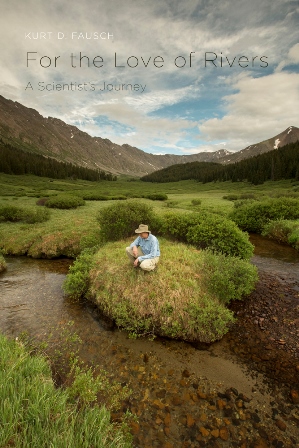26
NOV 2019 
Posted by Karl Filipsson |
Naturresurs rinnande vatten
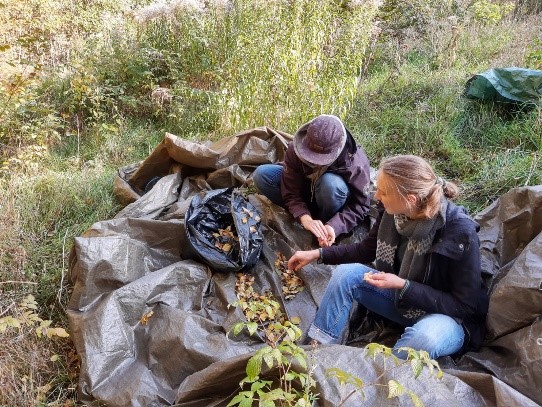 In early fall 2019, Finja Löher from Germany did an internship with the River Ecology and Management Research Group at Karlstad University. Here she writes about her visit:
In early fall 2019, Finja Löher from Germany did an internship with the River Ecology and Management Research Group at Karlstad University. Here she writes about her visit:
“In 2018, I studied at Karlstads Universitet for two terms as part of my bachelor program “Environmental and Sustainability Studies” (Leuphana University in Lüneburg, Germany). These studies included two of the courses from the master program “Ecology and Conservation Biology” offered here at the biology department. Ever since I left Sweden, I’ve been hoping to return to Karlstad. On the one hand, I simply fell in love with the country with all its lakes and forests and fikas. On the other hand, I also gained a very appealing impression of the research being carried out in this department. Although I mostly focus on environmental chemistry in my studies in Germany, I nevertheless have a strong interest in ecological research, not least because of the courses I took here at KAU. Therefore, I was more than happy to return to Karlstad for three weeks for a practical training this fall.
During my stay here, I was lucky to have the opportunity to work together with several of the researchers here and to be involved in their work. This enabled me to get to know a variety of ongoing research projects and to better understand how much work and thought it takes to develop any such project. Among others, I assisted RNA analyses working with photo spectroscopy and in vitro PCR (polymerase chain reactions) in order to assess how the bacterium C. agnes influences the occurrence of the transmembrane protein PD-L1 in macrophages. I also had the chance to wander around in the woods collecting birch tree leaves and catching some wolf spiders in order to assist PhD projects aiming at assessing the influence of clams on biodegradation of organic material and at decoding the remaining prey DNA in spider gut contents, respectively. Additionally, I was happy to take part in two amazing excursions focusing on regional socio-ecological systems and their resilience. After spending a beautiful birthday on Hammarö and digging into some of the local history, the second excursion took us up the Klarälven River where we had a look at the former steel industry in Munkfors as well as at the hydropower plant and the sportfishing association in Forshaga. I furthermore gained some new insights by listening to several student presentations assessing the characteristics and the resilience of specific socio-ecological systems as well as by attending a seminar offered on the LIFE CONNECTS project which aims to restore several rivers and streams in Southern Sweden. Towards the end of my practical training, I was involved in the student courses some more by leading a discussion seminar.
 Furthermore, I set up a small research project together with fellow interns. We aimed at assessing the quantity and diversity of the macroinvertebrate drift in a small forested stream situated in close proximity to the university. In order to work towards this goal, we installed a net in the stream that would trap all the invertebrates drifting with the flow during a specific time frame. We spent quite some time going through these samples and identifying the invertebrates down to the lowest reliable taxon. Being rather inexperienced with drift theory and invertebrate taxonomy previous to this internship, I was able to dig into these topics and extend my knowledge.
Furthermore, I set up a small research project together with fellow interns. We aimed at assessing the quantity and diversity of the macroinvertebrate drift in a small forested stream situated in close proximity to the university. In order to work towards this goal, we installed a net in the stream that would trap all the invertebrates drifting with the flow during a specific time frame. We spent quite some time going through these samples and identifying the invertebrates down to the lowest reliable taxon. Being rather inexperienced with drift theory and invertebrate taxonomy previous to this internship, I was able to dig into these topics and extend my knowledge.
Last but not least, this practical training was a great chance for me to enjoy some of Swedish nature and culture, to have some great discussions and way too many cups of coffee, to meet old friends and to make new ones, to attend a climate strike in the country where it all began, and to work on my Swedish language skills a bit. Many thanks go out to John Piccolo for being a great contact person and for all the support before and during my stay here. Also, I want to thank everyone at the department for the warm welcome and for introducing me to their work. Keep it up!”




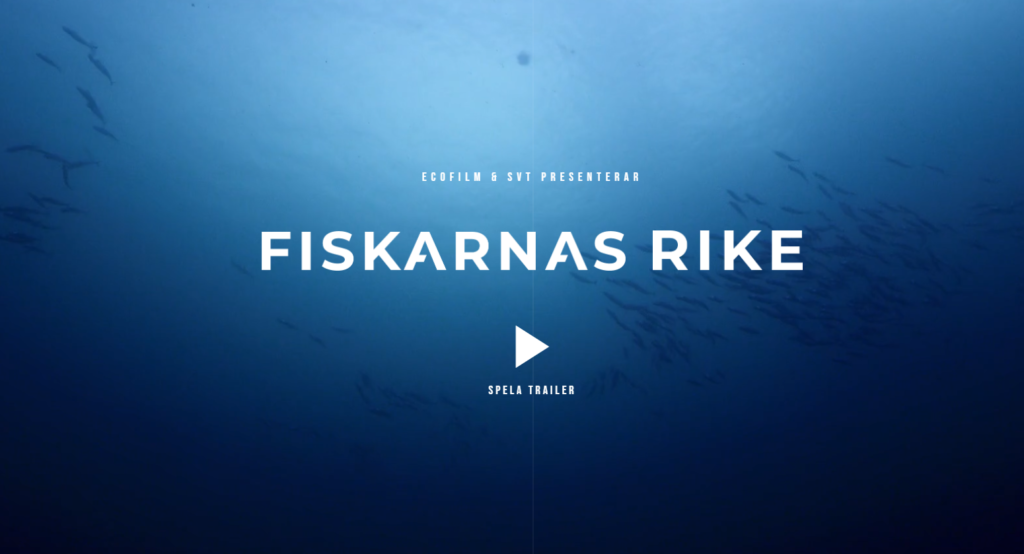
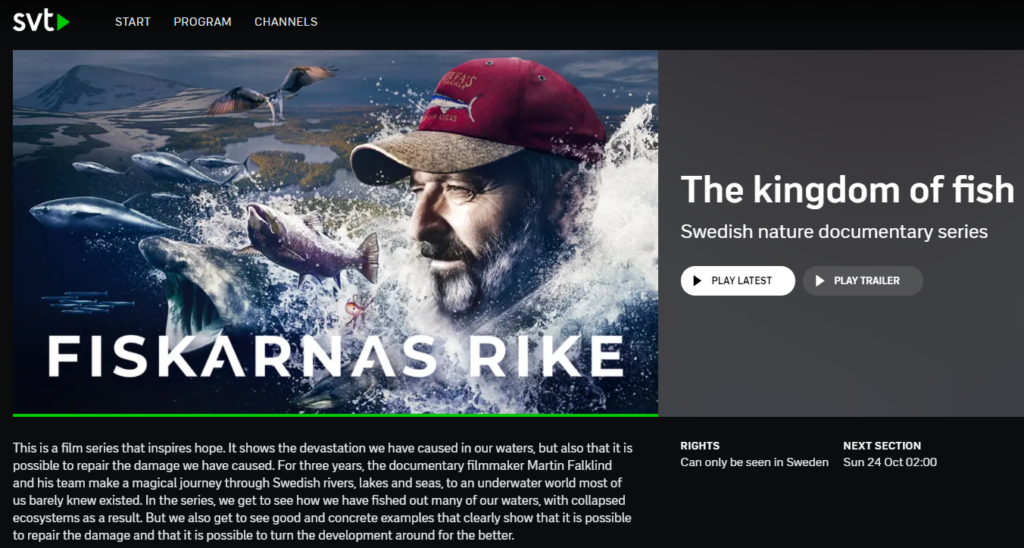
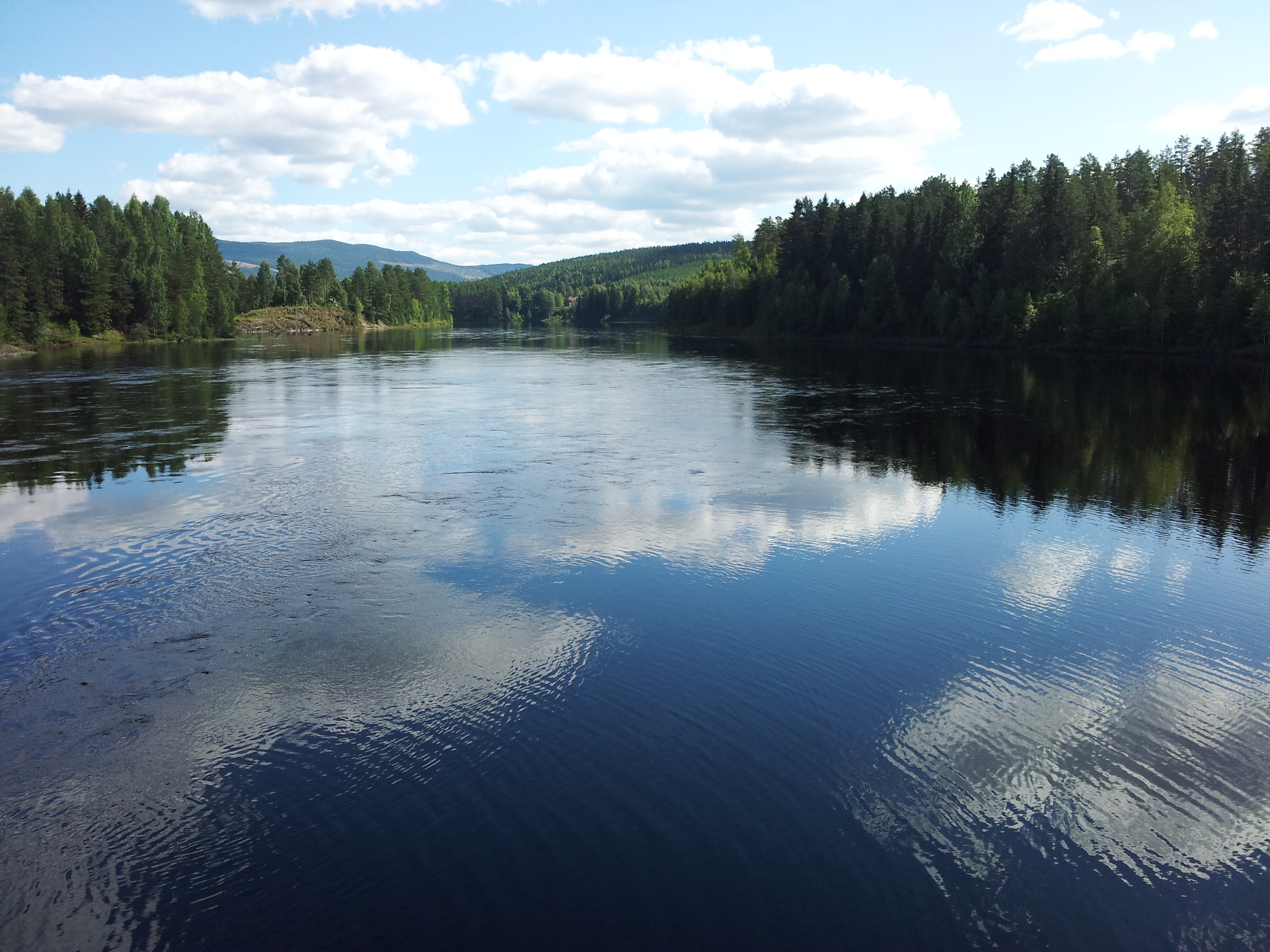
 In early fall 2019, Finja Löher from Germany did an internship with the River Ecology and Management Research Group at Karlstad University. Here she writes about her visit:
In early fall 2019, Finja Löher from Germany did an internship with the River Ecology and Management Research Group at Karlstad University. Here she writes about her visit: Furthermore, I set up a small research project together with fellow interns. We aimed at assessing the quantity and diversity of the macroinvertebrate drift in a small forested stream situated in close proximity to the university. In order to work towards this goal, we installed a net in the stream that would trap all the invertebrates drifting with the flow during a specific time frame. We spent quite some time going through these samples and identifying the invertebrates down to the lowest reliable taxon. Being rather inexperienced with drift theory and invertebrate taxonomy previous to this internship, I was able to dig into these topics and extend my knowledge.
Furthermore, I set up a small research project together with fellow interns. We aimed at assessing the quantity and diversity of the macroinvertebrate drift in a small forested stream situated in close proximity to the university. In order to work towards this goal, we installed a net in the stream that would trap all the invertebrates drifting with the flow during a specific time frame. We spent quite some time going through these samples and identifying the invertebrates down to the lowest reliable taxon. Being rather inexperienced with drift theory and invertebrate taxonomy previous to this internship, I was able to dig into these topics and extend my knowledge.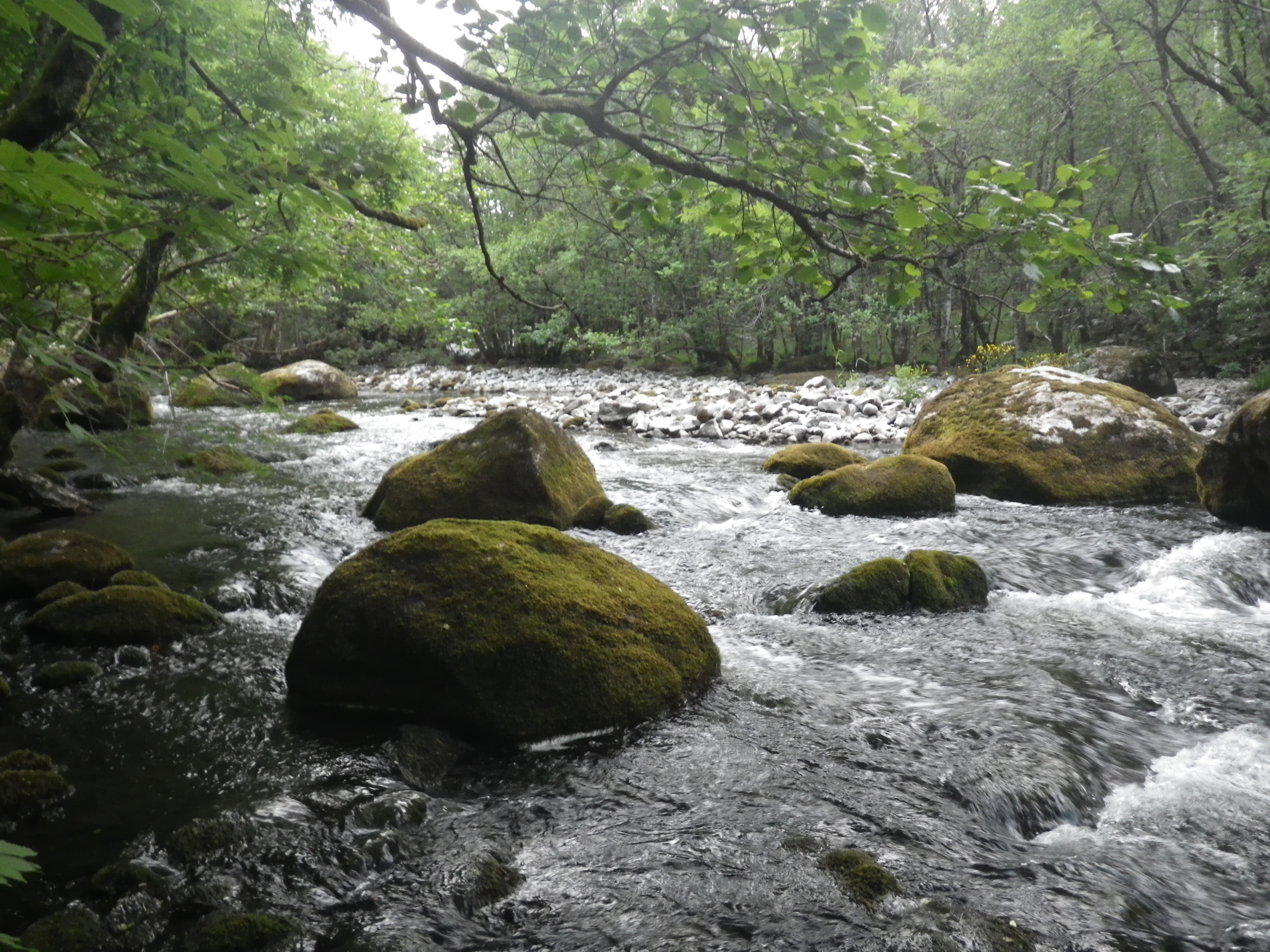 On Tuesday 26 November
On Tuesday 26 November 